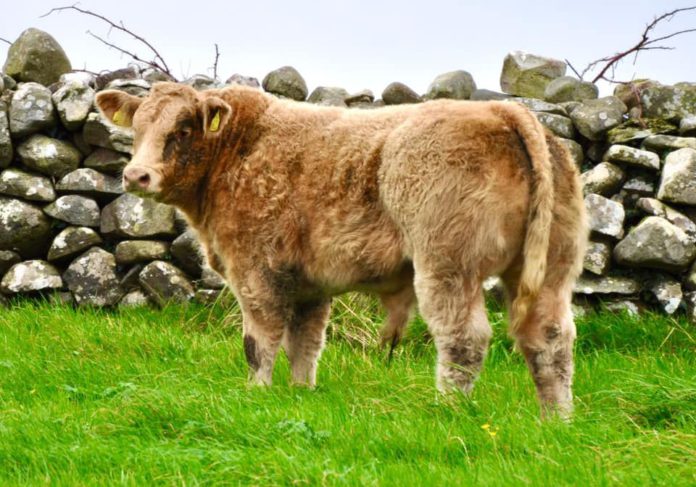“Poor health is widely recognised to negatively impact performance in cattle, but this can go unrecognised in animals, in the form of subclinical diseases, and are; therefore, only one identified with lesions at slaughter.”
That is what Dr Natascha Meunier, Programme Manager Beef HealthCheck, Animal Health Ireland told Teagasc’s national beef conference at the Shearwater Hotel in Ballinasloe last Tuesday (December 13th, 2022).
She provided an insight into AHI’s Beef HealthCheck programme, which it runs in conjunction with Meat Industry Ireland, the DAFM and 17 factories nationwide since 2016.
The programme aims to collate information, which links to ICBF, in real-time and deliver that back to farmers through reports containing data on lung and liver statuses of animals at slaughter.
Animal health
She explained that TVIs, as part of a veterinary inspection on the slaughter line, are searching for liver fluke (distinguish between live parasites or worms or damage from parasites), liver abscesses, and pneumonia in lungs.
The reports farmers receive are, in many cases, provided on a separate sheet accompanying their kill-out results from beef processing plants, or farmers can access this data online through ICBF under the ‘services’ tab.
To access this, simply, click ‘AHI – Animal Health Ireland’ and then click the ‘Beef HealthCheck’ tab. You can also grant permission to your PVP (vet) and/or your agricultural advisor to provide animal health advice to your herd specifically.
The data, as a whole, is contributing to genetic/breeding evaluations, and ICBF, has produced a series of proofs ranked on the predicted prevalence of liver fluke.
Also, you can find this information through your ICBF database, under the genetic evaluations’ TB and Liver Fluke tab.
“You can choose AI bulls that are less likely to have liver fluke in their progeny,” she commented.
Farmers can use this information to help visualise trends in health data and determine their on-farm liver fluke status and make health decisions.
During her presentation on ‘abattoir lesions in cattle are associated with an increased age at slaughter’, she discussed liver fluke, liver abscesses and pneumonia in greater detail – we will share a summary in another news article on That’s Farming.
Previous article on ‘We are slaughtering animals at the same weight, a lot younger, with less feed’ – Teagasc beef leader





